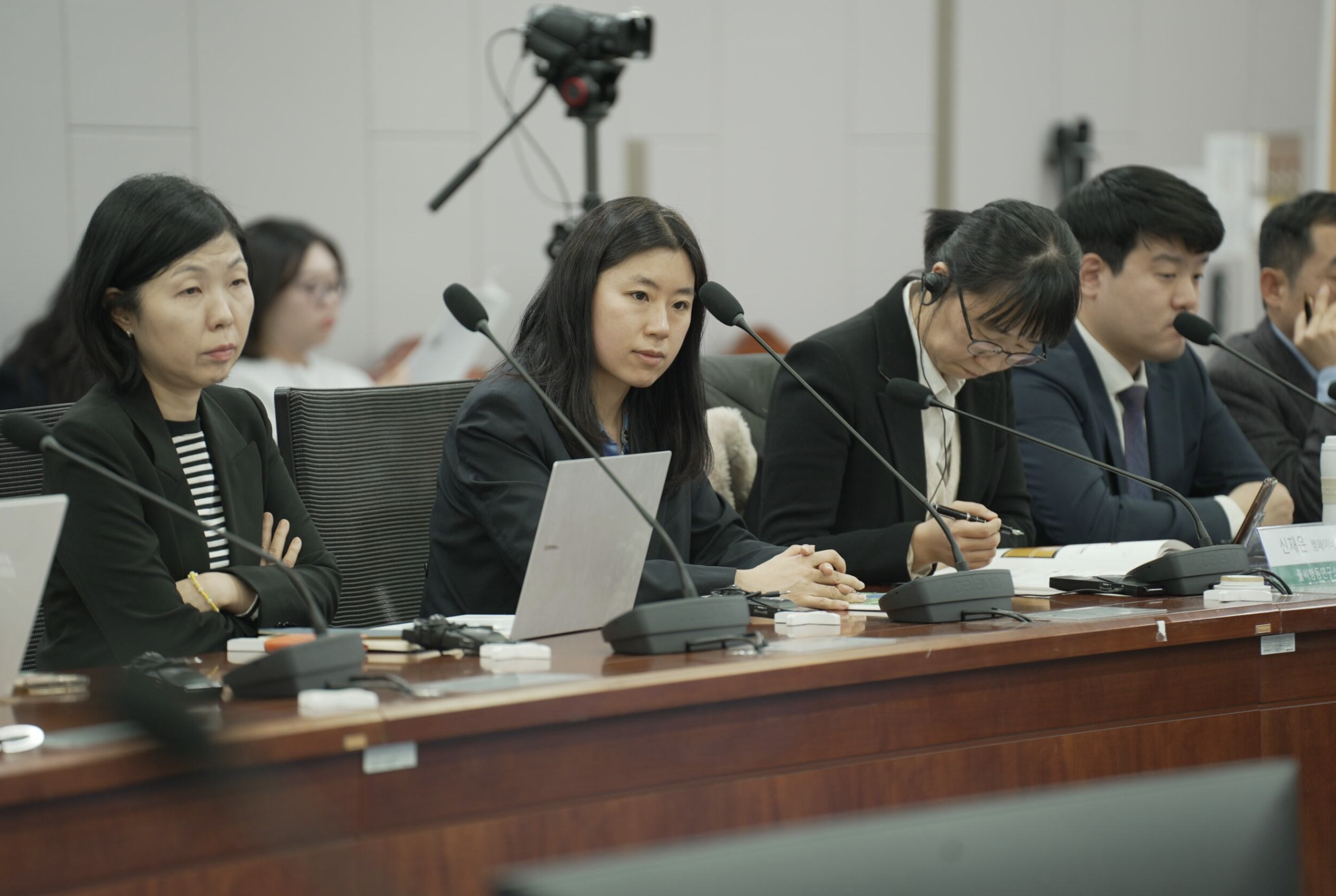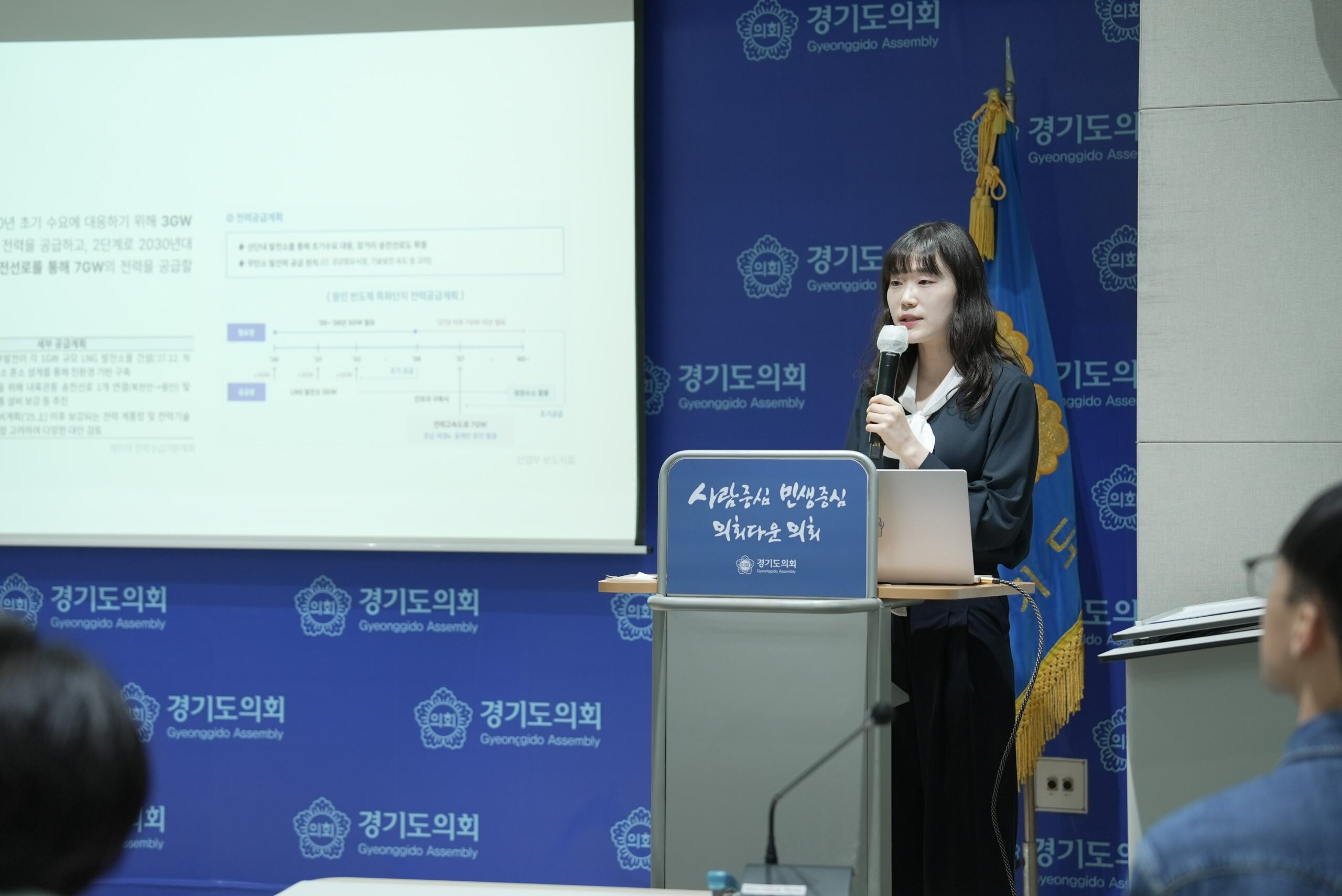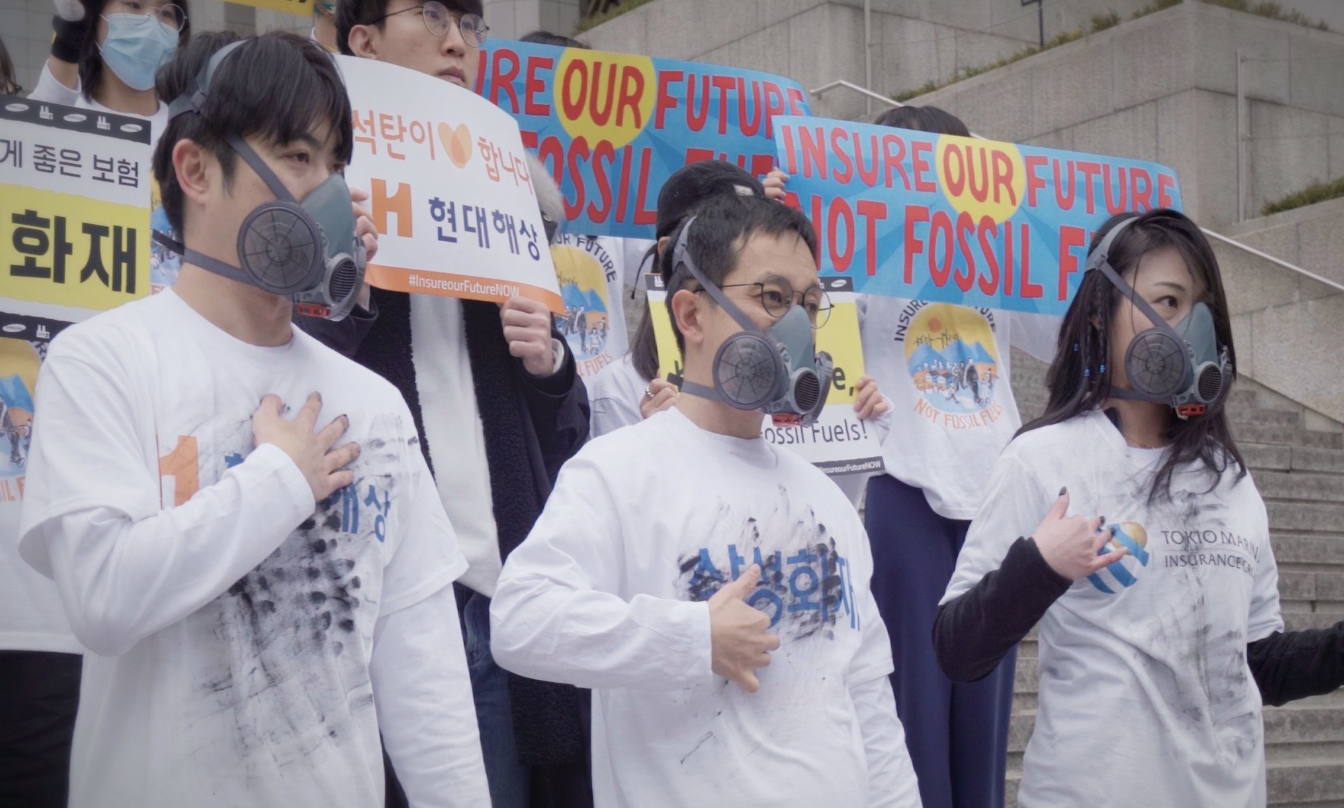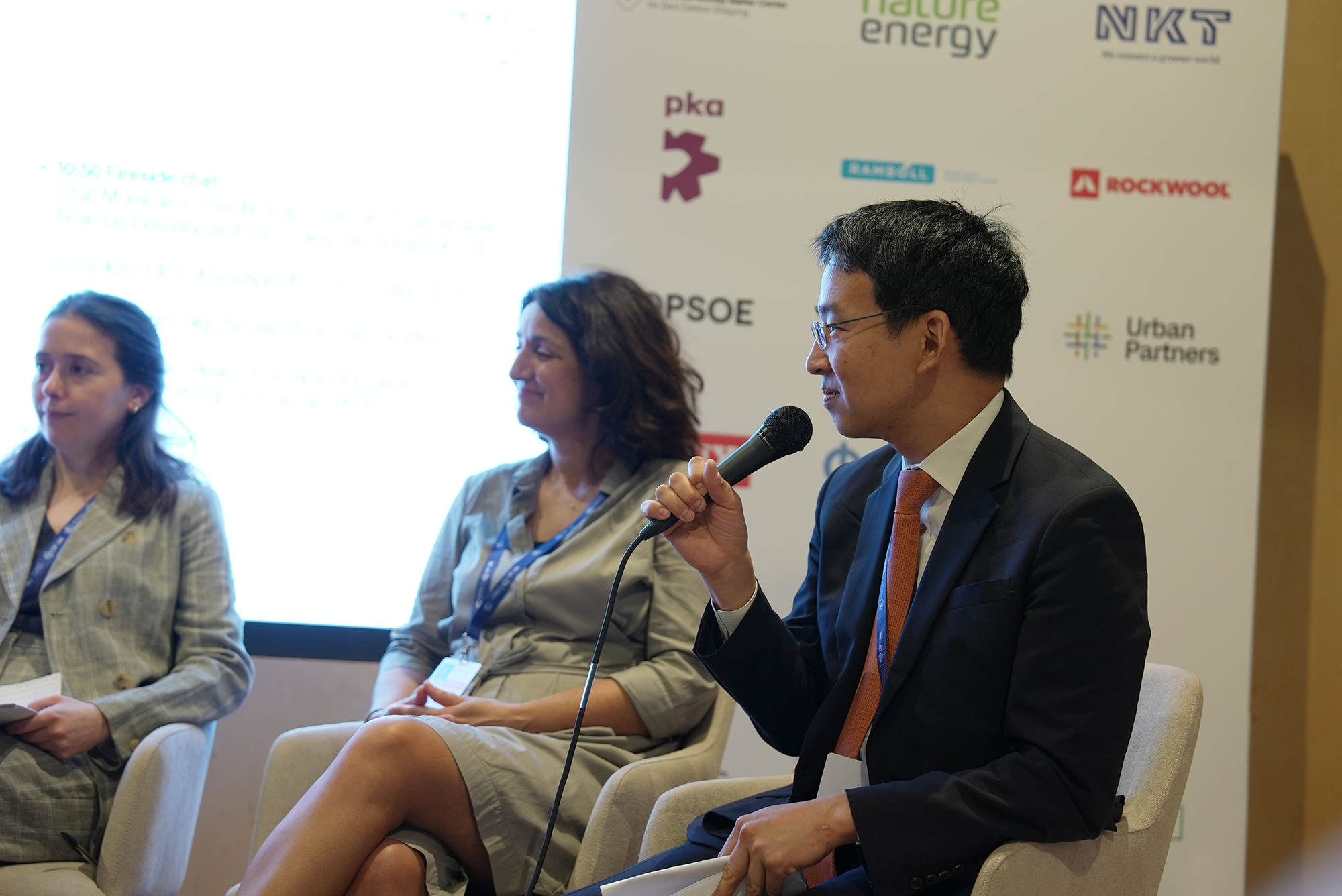
Executive summary
Transitioning to new fuels is crucial for the international shipping industry to achieve carbon neutrality. However, this journey has several challenges, including technology readiness, affordability of new fuels, and the ability to procure them. As a result, many countries are turning to interim alternative (bridge) fuels as temporary solutions to meet greenhouse gas (GHG) regulations. The main section of this report explores the characteristics and environmental risks of three principal bridge fuels: liquefied natural gas (LNG), biofuels, and methanol.

This report also examines how South Korea, China, and Japan plan to use bridge fuels and what fuels they primarily rely on, given their critical roles in the decarbonization of international shipping and their significant shares in international shipbuilding and shipping.

Key findings
Considering the decarbonization plans for shipping in the three countries, along with their potential and conditions for transitioning to green fuels, the following evaluation can be made:

All three countries have integrated short to medium-term utilization of fossil fuels into their shipping decarbonization plans. Among them, China stands out with a high potential for renewable energy and the ability to produce green hydrogen domestically, positioning it as the most likely to transition to non-fossil fuel-based shipping fuel in the medium to long term. In contrast, South Korea and Japan have limited potential for self-supplying renewable energy, leading to a potential for self-sufficiency in green hydrogen. Both countries are actively working to import green hydrogen and build international partnerships. However, Japan holds a competitive edge due to its early research and investment in green hydrogen supply chain and technology and its strong and diverse international cooperation network. As these countries compete to develop alternative fuel technologies for ships, the ability to secure and supply carbon-free fuel will be crucial for achieving decarbonization in the shipping sector.
Based on the previous exploration, this report identifies fuel-specific environmental risks and provides recommendations on how these three countries can address them as they work towards carbon neutrality in international shipping.
Each country's government must reformulate its alternative fuel plans by incorporating the varying GHG emissions intensity of different fuels, in accordance with the Guidelines on Life Cycle GHG Intensity of Marine Fuels (LCA Guidelines).
Each government must invest in carbon-free fuels and green hydrogen, instead of fossil fuels that will eventually be phased out and devise annual fuel use plans to support this transition process.
Each government must establish effective fuel quality regulations and ensure feedstocks' sustainability based on due diligence to guarantee their environment-friendliness.
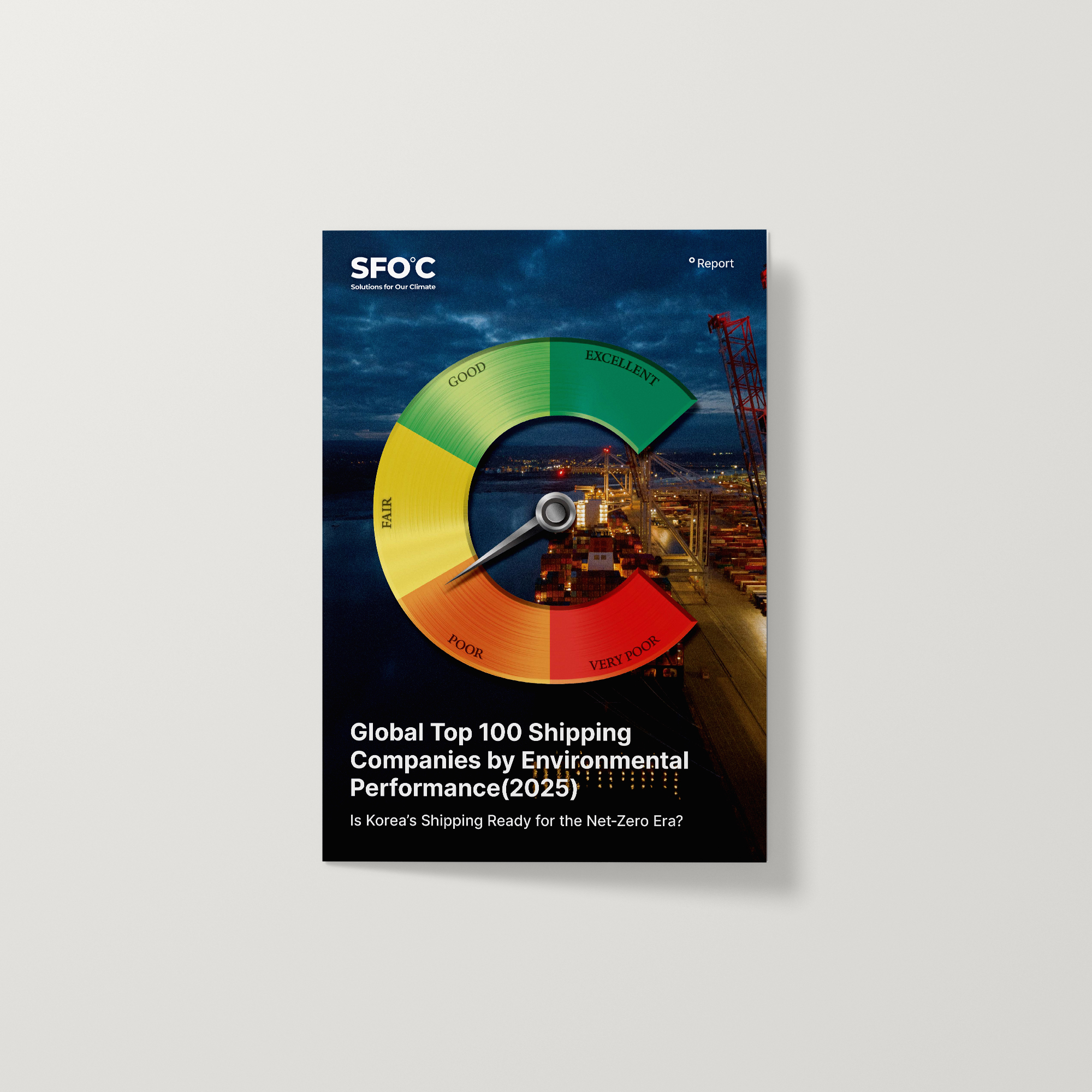
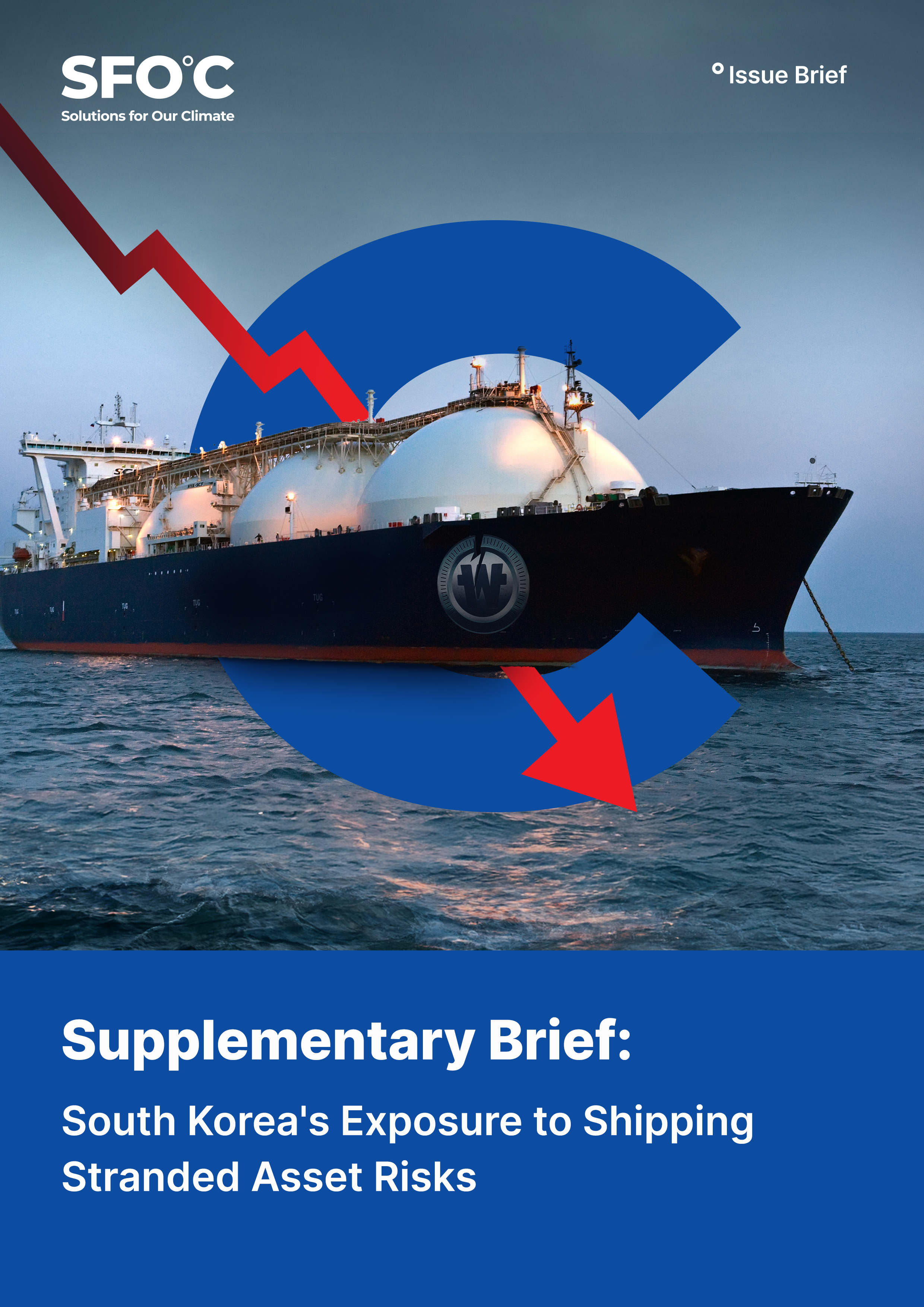
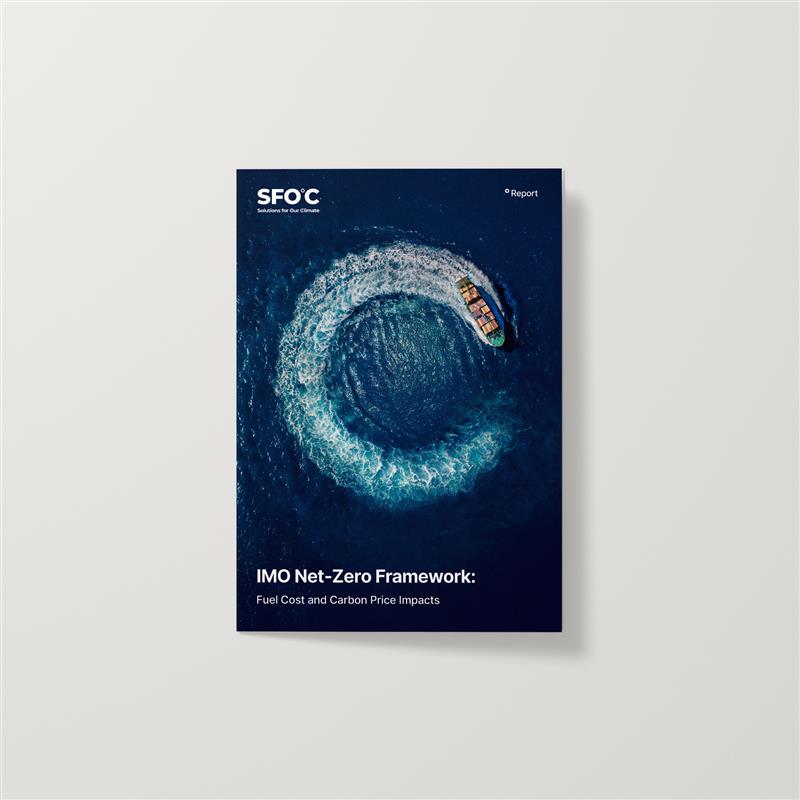






![[Report] Achieving Net Zero in International Shipping through Korea-US-Japan Green Shipping Corridor](https://content.sfoc.tapahalab.com/images/research/s11Jime.jpg)



![[Webinar] International webinar on enhancing due diligence of forest risk commodities' supply chains in Asia](https://content.sfoc.tapahalab.com/images/research/sjGudme.jpg)

![[토론회] 한국형 녹색분류체계(K-Taxonomy), 무엇이 녹색경제활동인가](https://content.sfoc.tapahalab.com/images/research/bn8jdme.jpg)
![[Webinar] Palm Oil based Biofuels Policy and Socio-Environmental Impacts in Asia](https://content.sfoc.tapahalab.com/images/research/BOpldme.jpg)

